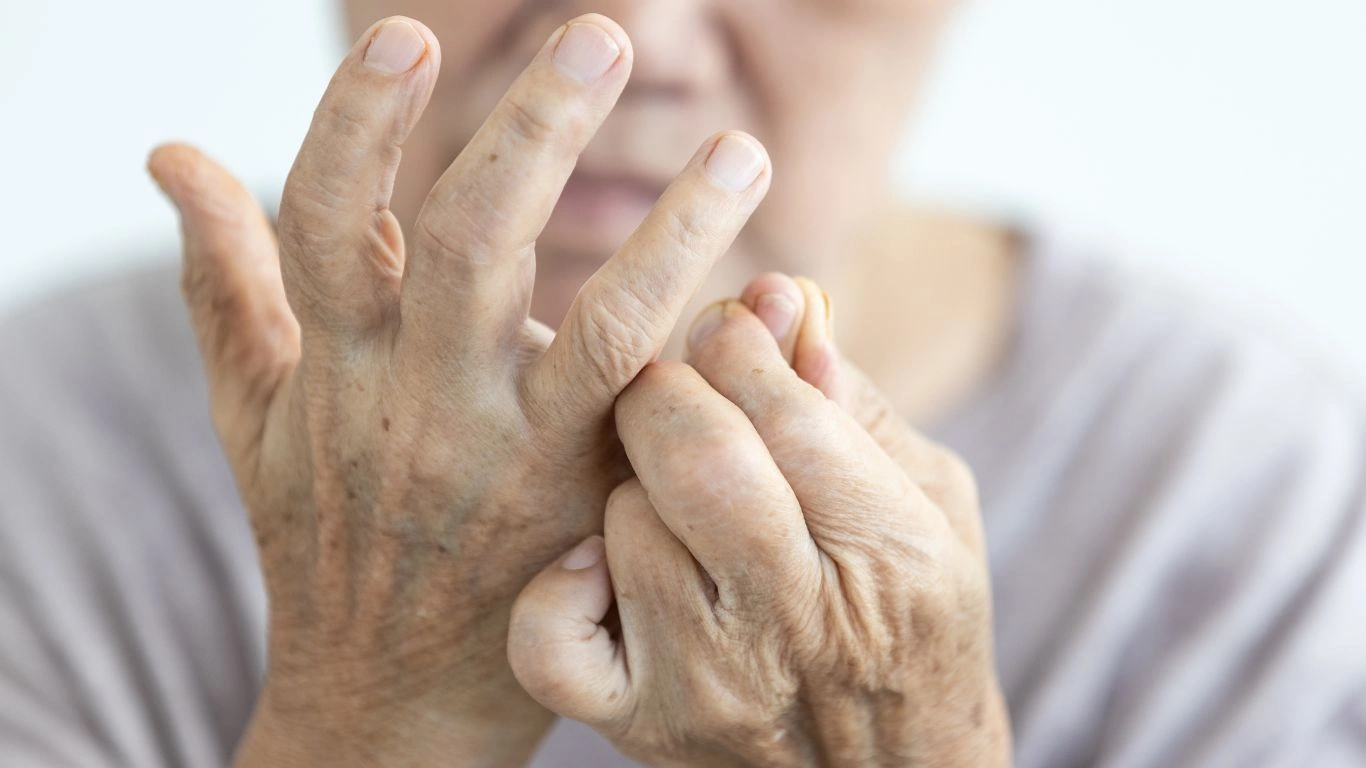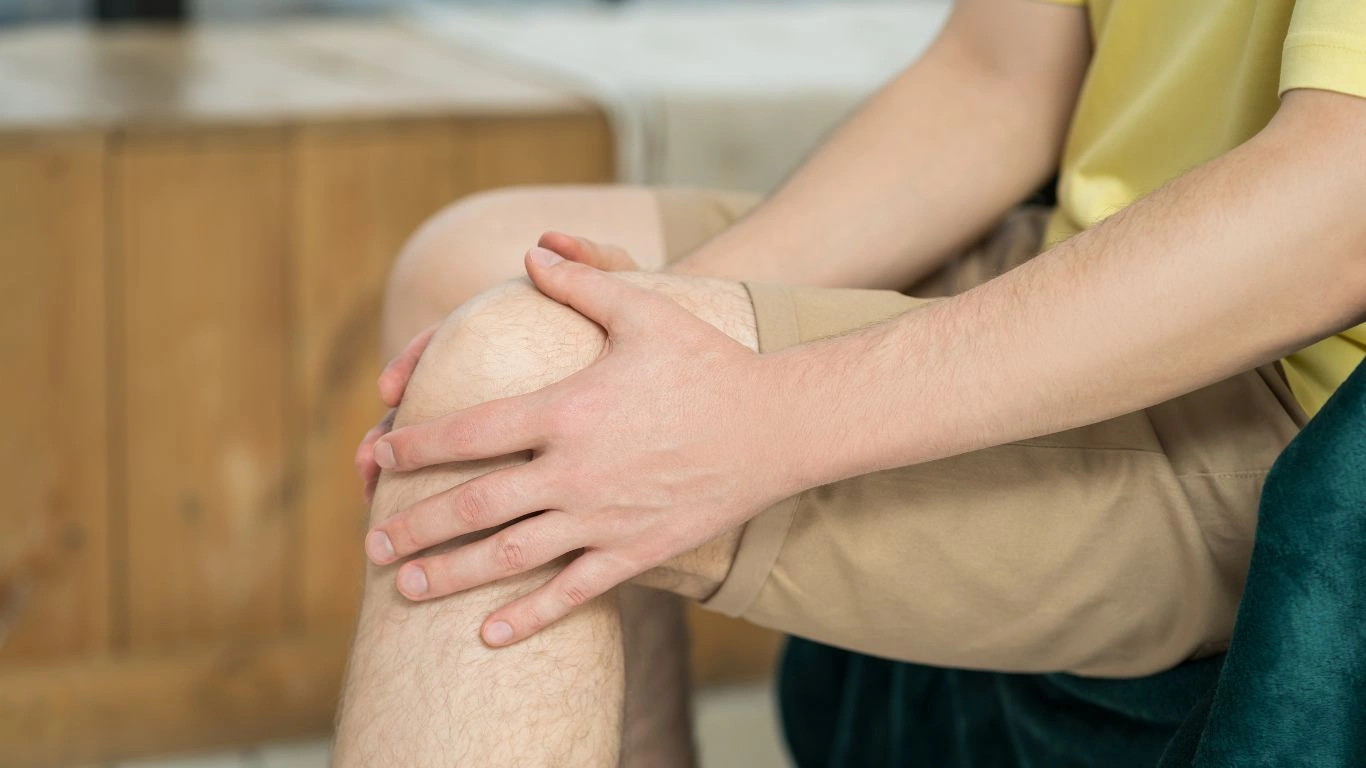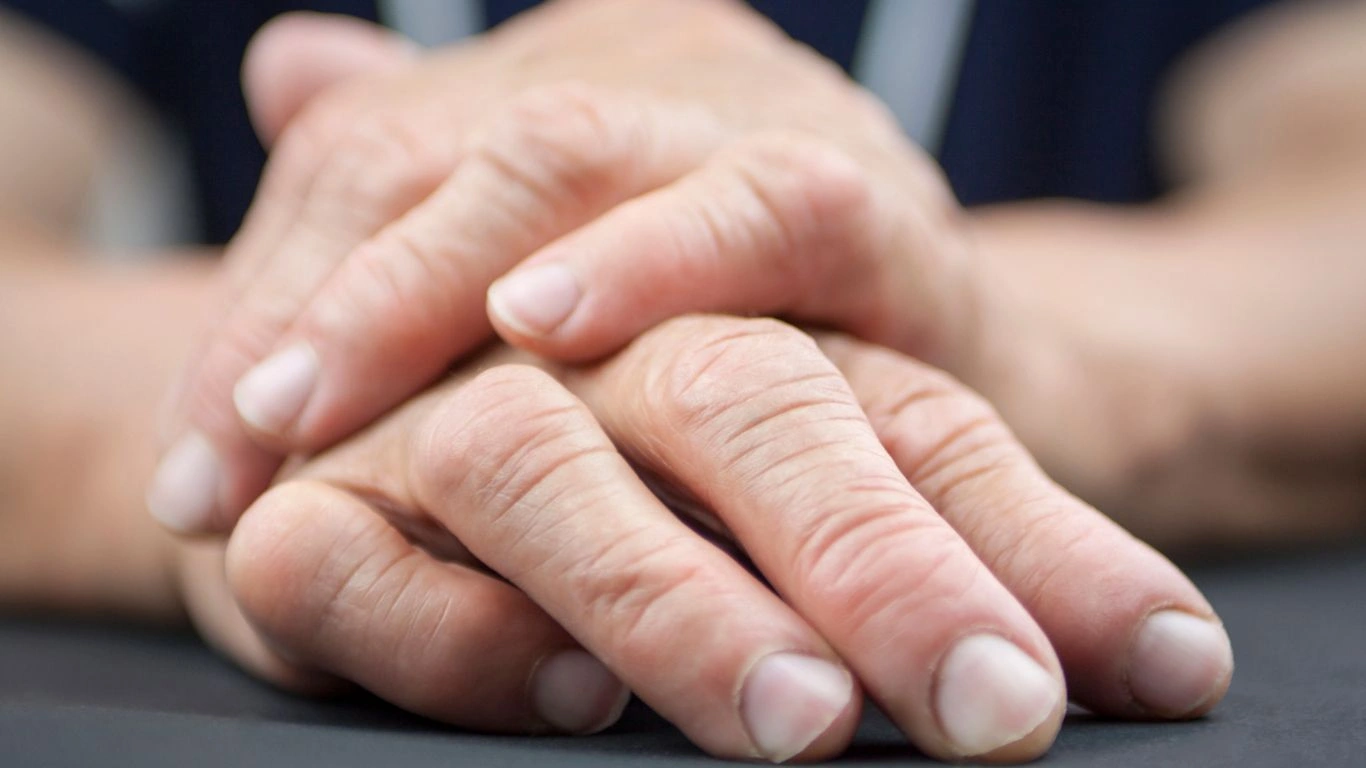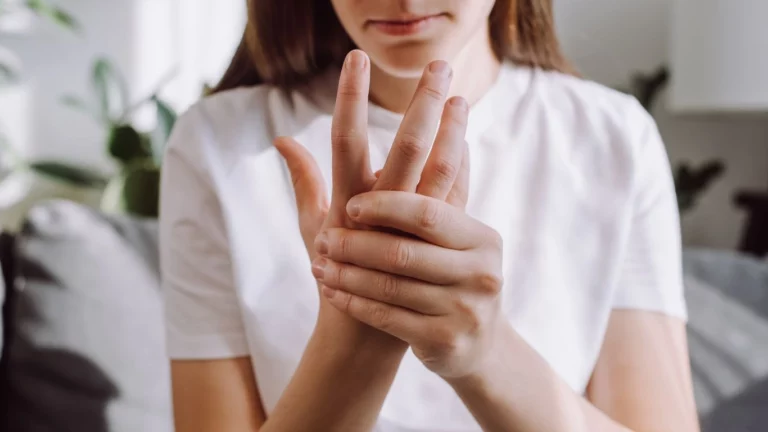Rheumatoid Arthritis and Bone Marrow Edema: A Painful Truth Revealed
Rheumatoid arthritis and bone marrow edema explained—sounds complicated, right? I totally get it. As someone who has spent years working with patients struggling with RA, I know firsthand how confusing all the medical jargon can be. But here’s the deal: if you’ve been battling joint pain, stiffness, and that all-too-familiar morning struggle to get moving, understanding what’s happening inside your bones is crucial. Let’s break it down in a way that actually makes sense.
What Exactly is Bone Marrow Edema in Rheumatoid Arthritis?

Alright, let’s talk about bone marrow edema (BME). If you’ve had an MRI for your joint pain, your doctor might have mentioned it, but what does it really mean? In simple terms, bone marrow edema is swelling inside the bone. It’s not just about inflammation in the joints—it goes deeper, literally.
Picture your bones like a sponge. When you have RA, your immune system mistakenly attacks your joints, leading to inflammation. This inflammation can extend beyond the cartilage and into the bone marrow itself, causing fluid buildup, which we call bone marrow edema. And trust me, it’s not just a minor side effect—it’s a major indicator that RA is actively progressing.
Why Should You Care About Bone Marrow Edema?
Here’s why this matters: BME isn’t just another symptom—it’s a warning sign. Studies have shown that bone marrow edema in RA patients is strongly linked to joint damage. If left unchecked, it can speed up bone erosion, meaning your joints could deteriorate faster. And let’s be real, no one wants that.
How Does Bone Marrow Edema Affect Your RA Symptoms?

Now, you might be wondering, “If I have bone marrow edema, will I feel it?” The answer is: yes and no. Unlike typical RA symptoms like swelling and stiffness, BME doesn’t always cause immediate pain. Instead, it’s working behind the scenes, making your joints more vulnerable to long-term damage.
Common Symptoms That May Be Linked to BME
- Increased Joint Pain: If your pain feels deeper and more persistent, BME could be playing a role.
- Worsening Stiffness: The more damage RA causes, the harder it becomes to move freely.
- Unexplained Swelling: While typical RA swelling happens in the soft tissue, BME-related inflammation occurs inside the bone itself.
Does BME Mean My RA is Getting Worse?
Not necessarily, but it can be a sign of progression. In my experience, patients who have bone marrow edema on MRI scans often experience more aggressive RA over time. That’s why early detection and proper management are so important.
How is Bone Marrow Edema Diagnosed?

The tricky part? You can’t see or feel bone marrow edema directly—it requires imaging. That’s where MRIs come in.
Why X-rays Aren’t Enough
Many patients ask me why an X-ray won’t show bone marrow edema. The short answer? X-rays are great for spotting bone erosion (damage that has already happened), but they won’t catch inflammation inside the bone. By the time erosion shows up on an X-ray, the damage is already done.
MRIs: The Gold Standard for Detecting BME
- Early Detection: MRIs can pick up bone marrow edema long before any visible joint damage occurs.
- Better Treatment Decisions: If we know BME is present, we can adjust treatment strategies to prevent further deterioration.
- Monitoring Progress: Follow-up MRIs help track whether treatments are working or if RA is still progressing.
When I first started working with RA patients, many were frustrated because their symptoms weren’t always reflected on X-rays. Once we started using MRIs more frequently, everything changed. We could finally see the hidden inflammation, giving us a head start in preventing damage.
What Causes Bone Marrow Edema in Rheumatoid Arthritis?

Now that we’ve covered what bone marrow edema (BME) is and how it’s diagnosed, let’s dig into the big question: why does it happen in RA? The short answer? Inflammation. But, of course, it’s a bit more complicated than that.
From what I’ve seen in my practice, BME in RA patients isn’t just about the immune system attacking the joints. It’s a combination of factors that work together, making inflammation spread deeper into the bone marrow. Here’s what’s really going on:
1. The Immune System’s Overreaction
RA is an autoimmune disease, which means your immune system mistakenly thinks your joints are foreign invaders. It launches an attack, causing inflammation in the synovium (the lining of your joints). But in some cases, this inflammatory response extends beyond the soft tissues and into the bone itself, triggering BME.
2. Increased Blood Flow = More Swelling
When inflammation strikes, your body increases blood flow to the area in an attempt to heal. This extra circulation causes fluid buildup inside the bone, leading to that characteristic swelling seen in bone marrow edema.
3. Bone Stress and Microdamage
RA doesn’t just affect joints—it weakens the bones, too. Over time, tiny microfractures can form due to ongoing inflammation, triggering an immune response inside the bone marrow. This, in turn, leads to more edema.
4. Cytokines and Their Role in Bone Destruction
If you’ve heard of cytokines (the body’s chemical messengers), you know they play a huge role in RA. These inflammatory proteins, like TNF-alpha and interleukins, accelerate joint damage and promote fluid buildup inside the bone.
How Can You Treat Bone Marrow Edema in RA?

The good news? BME can be managed. The key is tackling inflammation before it causes irreversible joint damage. In my experience, a multi-faceted treatment plan works best—one that combines medication, lifestyle changes, and therapy.
1. Disease-Modifying Anti-Rheumatic Drugs (DMARDs)
DMARDs are the gold standard for RA treatment. They help slow disease progression and, in turn, reduce the risk of developing BME. Some of the most common ones include:
- Methotrexate: One of the most commonly prescribed RA medications, it helps suppress the overactive immune response.
- Biologics: Targeted therapies like TNF inhibitors (e.g., Humira, Enbrel) work to reduce inflammation at a deeper level.
- JAK Inhibitors: Newer medications like Xeljanz block certain pathways that contribute to joint and bone damage.
2. Corticosteroids for Short-Term Relief
If your BME is causing significant pain, corticosteroids like prednisone can help calm inflammation quickly. However, I always remind my patients that steroids are a short-term fix. Long-term use can lead to side effects like bone loss, so they should be used sparingly.
3. Physical Therapy and Low-Impact Exercise
One of the biggest misconceptions about RA is that movement makes things worse. But in reality, the right kind of exercise can actually help reduce inflammation and prevent further joint damage. Some of the best options include:
- Swimming and Water Therapy: Helps reduce joint strain while keeping muscles strong.
- Yoga and Stretching: Improves flexibility and reduces stiffness.
- Strength Training: Helps maintain bone density, reducing the risk of fractures.
Dietary and Lifestyle Changes to Support Bone Health

Managing BME isn’t just about medications—it’s about taking care of your body as a whole. Over the years, I’ve seen patients significantly improve their symptoms just by making some key lifestyle changes.
1. Anti-Inflammatory Diet
What you eat has a huge impact on RA and BME. Focus on foods that fight inflammation, like:
- Fatty fish (salmon, mackerel): Packed with omega-3s to reduce joint inflammation.
- Leafy greens (spinach, kale): Rich in antioxidants that combat oxidative stress.
- Nuts and seeds: Great sources of healthy fats and vitamins.
- Turmeric and ginger: Natural anti-inflammatory spices that can help ease pain.
2. Vitamin D and Calcium for Bone Strength
Since RA increases the risk of bone loss, getting enough calcium and vitamin D is essential. If you’re not getting enough from your diet, supplements can help fill the gap.
3. Stress Management and Sleep
RA and stress don’t mix well. High stress levels can worsen inflammation, making BME more severe. I always recommend finding relaxation techniques that work for you—whether it’s meditation, deep breathing, or simply getting enough sleep.
Speaking of sleep, poor rest can make RA symptoms worse. Aim for at least 7-9 hours of quality sleep each night to help your body recover.
Long-Term Outlook: Can Bone Marrow Edema Be Reversed?

One of the most common questions I get from patients is, “Can bone marrow edema go away?” The short answer? It depends. The longer answer? If caught early and treated aggressively, BME can improve, and in some cases, even resolve.
1. Early Intervention is Key
If BME is detected in the early stages, before significant bone damage occurs, the chances of reversing it are much higher. This is why getting an MRI early on can be a game-changer—it helps us see what’s happening inside the bones before symptoms worsen.
2. Effective RA Management
The best way to reduce BME is to control RA itself. That means sticking to a treatment plan that includes DMARDs, biologics, and lifestyle changes. I’ve seen patients who once had severe BME show significant improvement on follow-up MRIs after just a few months of effective therapy.
3. Physical Activity for Bone Health
While rest is important during RA flares, too much inactivity can weaken bones further. Weight-bearing exercises (like walking or light strength training) help maintain bone density, potentially reducing the severity of BME over time.
Living with RA and Bone Marrow Edema: What You Need to Know

Dealing with RA is already tough, and adding BME into the mix can make things feel even more overwhelming. But here’s what I always tell my patients: you have more control than you think. Small, consistent actions can make a huge difference in how you feel and how your disease progresses.
1. Listen to Your Body
Some days, you might feel like you can take on the world. Other days, even getting out of bed is a challenge. And that’s okay. Learning to recognize your body’s signals and adjusting your activities accordingly can help you manage pain and fatigue more effectively.
2. Work with a Rheumatologist You Trust
RA is a lifelong condition, which means you’ll need a healthcare team that understands your specific needs. If you feel like your concerns aren’t being taken seriously, don’t be afraid to get a second opinion. A good rheumatologist will not only treat your symptoms but also help you understand what’s happening inside your body.
3. Join a Support Community
Living with RA and BME can sometimes feel isolating. Connecting with others who understand what you’re going through—whether online or in person—can provide emotional support and valuable tips on managing symptoms. There are great resources available, like the Arthritis Foundation and WebMD.
Final Thoughts
Rheumatoid arthritis and bone marrow edema explained in simple terms? It all comes down to inflammation, early detection, and proper management. The good news is that with the right approach, you can slow down disease progression and protect your joints from long-term damage.
So if you’ve been diagnosed with RA and your doctor mentions BME on an MRI, don’t panic. Instead, take it as a sign that your body needs extra care and attention. Work with your rheumatologist, explore different treatment options, and most importantly—be kind to yourself.
References
Disclaimer
Important: The information in this article is for educational purposes only and should not be considered medical advice. Always consult with a healthcare professional for diagnosis and treatment recommendations.

Tarra Nugroho is a dedicated Nurse Practitioner with a strong foundation in family and preventive care. She brings both compassion and clinical expertise to her practice, focusing on patient-centered care and health education. As a contributor to Healthusias.com, Tarra translates medical knowledge into clear, empowering articles on topics like women’s health, chronic disease management, and lifestyle medicine. Her mission is simple: help people feel seen, heard, and informed—both in the clinic and through the content she creates. When she’s not caring for patients, Tarra enjoys weekend hikes, plant-based cooking, and curling up with a good health podcast.






